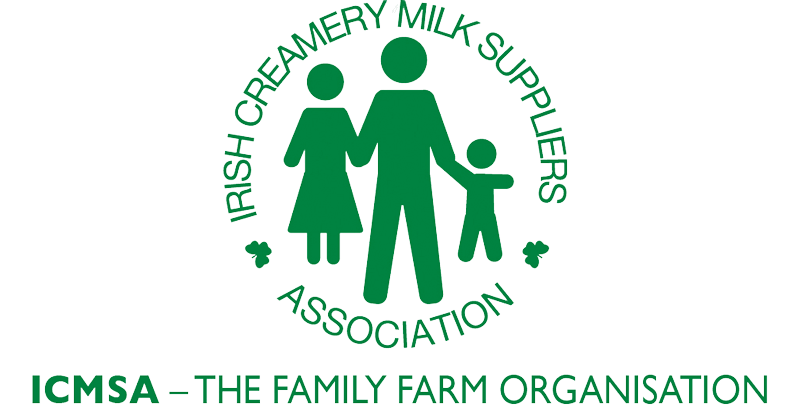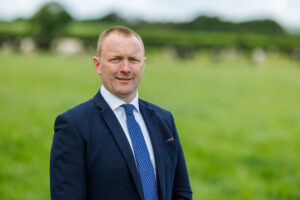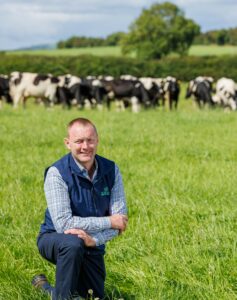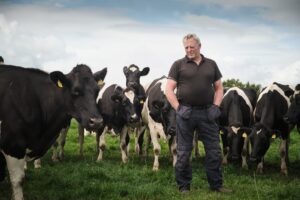
Income Taxes
Your personal tax liability is based on the profits you derive from your farm business and on any other income that you have. Farm profit is income less any allowable expenses. The following are that payable in the current year. Income Tax, PRSI and USC must all be paid from farm profits if you are a sole trader.
Corporation tax must be paid if you are a company.
INCOME TAX RELIEFS
Stock relief discontinued trade
A retiring farmer can transfer stock at book value for tax purposes where that farmer and his/her successor jointly elect. The selection must be made in writing before the relevant filing deadline.
Income averaging
A farmer being an individual may elect to have their profits taxed on an average basis - profits are assessed on the average over the preceding five years. Farmers or their spouse or civil partner who carries on a separate trade or who are proprietary directors and own or are capable of controlling more than 25pc of the ordinary share capital of a company are precluded from availing of this benefit. A clawback can arise where a farmer either opts out of averaging or no longer is entitled to avail of averaging (e.g. commences to carry on another trade).
A clawback seeks to charge the farmer with additional taxation with assessments issuing where in any year of the four years preceding the final year in averaging the assessable profits are lower than the final year in averaging.
Therefore to avoid any clawback, a farmer who decides to opt out of income averaging should ensure their final year’s profits are lower than the average profits in the previous four years.
Allowances for capital expenditure
Expenditure on farm buildings, fences, roadways, yards, drainage and land reclamation qualifies for capital allowances at a rate of 15pc per annum for six years, with a 10pc allowance available in year seven. Rules cater for the transfer of remaining capital allowances on farm buildings which are transferred (e.g. on succession).
The amount of expenditure qualifying for allowances is based on the net outlay after receipt of grants or other payments. Where a farmer ceases to trade, either as a result of retirement or for example as a result of company incorporation, unused capital allowances can effectively be lost.
In the case of expenditure on farm machinery, including vehicles used for farming purposes, capital allowances are available at a rate of 12.5pc per annum over an eight-year period. Capital allowances on cars are restricted to the extent that the car is used for farming purposes, but importantly the amount of allowances available are now linked to the level of CO2 emissions from the cars concerned.
Farm losses Where a farm operation incurs losses, an individual may choose to offset those losses against their other income in the year of assessment. For example, a PAYE worker with farm losses may benefit from a refund of PAYE tax deducted where he/she choosesto offset such losses against their PAYE income.
Where a farm makes losses for a number of years in succession then losses are available for offset against other income for the first three years only.
Special rules extend this period in the case where a farmer commences his/ her trade. No loss relief is available for hobby farming. Farmers not availing of income averaging who incur farming losses are not entitled to opt into income averaging.
PAYE Modernisation
The new real time reporting regime is operational for all employee payments since 1 January 2019. Employers, agents and payroll providers need to review their business processes and practices immediately if not practicing already.
If you are an Employer, you will need to calculate and report your employees’ pay and deductions as they are being paid. You will have to deduct and pay the correct amounts of Income Tax, Pay Related Social Insurance and Universal Social Charge.
You most likely are an employer if you have someone helping you on a part time basis, casual labour, relief milking or even a student helping. You must regularise your situation as quickly as possible.
Deciding whether an individual doing work for a farmer is an employee or a contractor is based on the facts of each case. The ‘Code of Practice for Determining Employment or Self-Employment Status of Individuals’ outlines conditions that indicate the nature of the relationship between an employer (including farmers) and the worker and if the worker is an employee or a contractor. This document is available here - Code of Practice on Employment Status
As most farmers do not use a payroll package to operate your payroll, you will have to meet the new reporting requirements by getting your accountant or professional to fulfill the requirements. Alternatively, you can use Revenue Online Service (ROS). However, you will need to calculate out the Tax, PRSI and USC before entering information into ROS.
You can purchase a payroll package for a monthly fee and submit this information to ROS through the software package with a cost of approximately €200 per year.
As your business will need to report pay, tax and deductions to Revenue with every payroll run there will be greater pressure to make sure the payroll is accurate first time and in real time. Essentially PAYE Modernisation will put a lot of pressure on you to get your reporting correct first time around. PAYE Modernisation won't change your cash flow: you'll still forward deductions to Revenue once a year or at regular intervals if that was the way you paid before.
Farmers with concerns about this system should seek advice without delay.
Latest Headlines
- Sections
Contact Us
Telephone
+353 (0)61 314677





